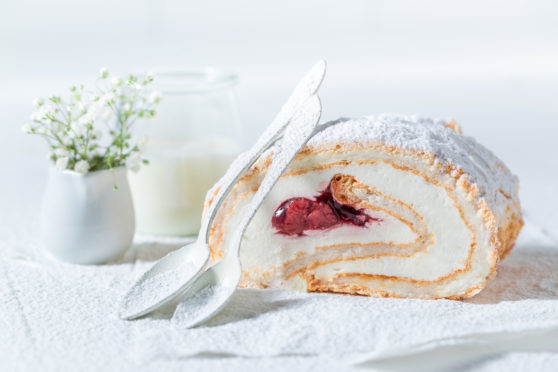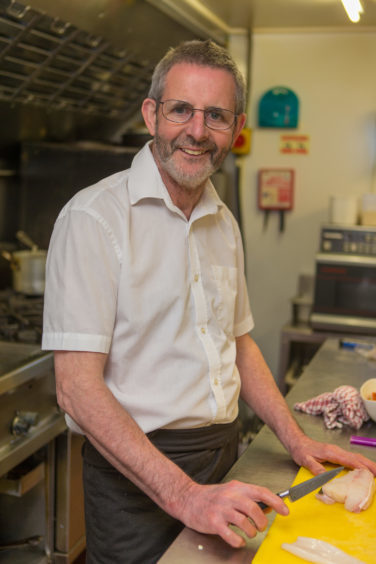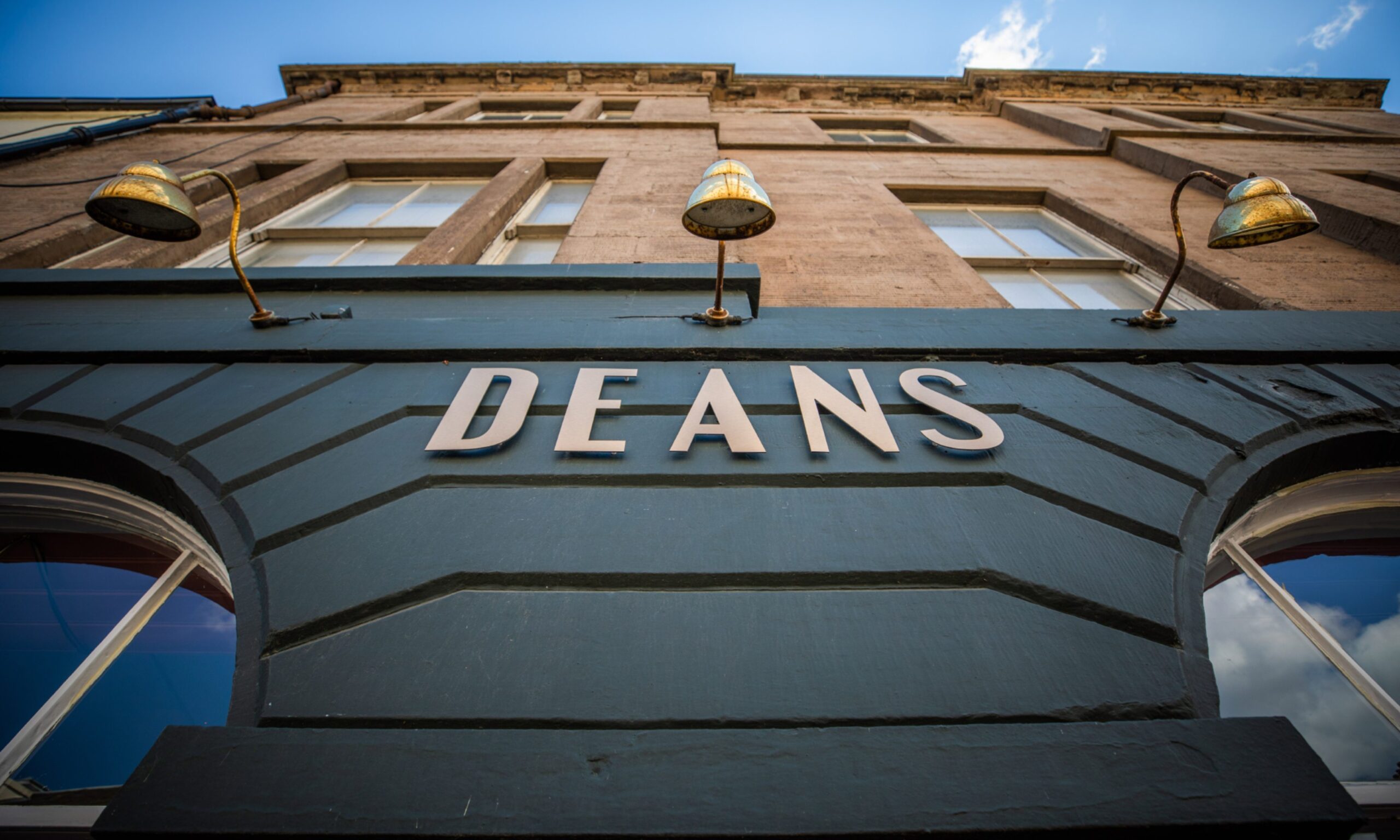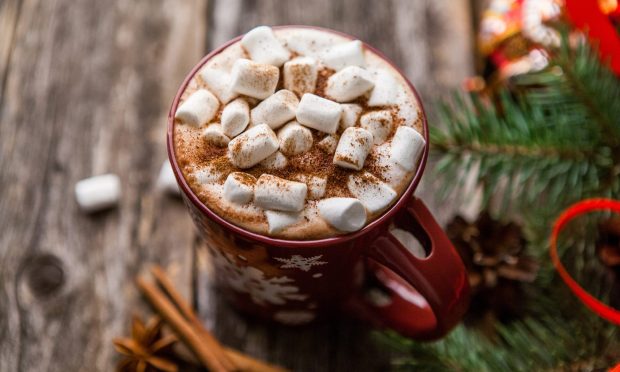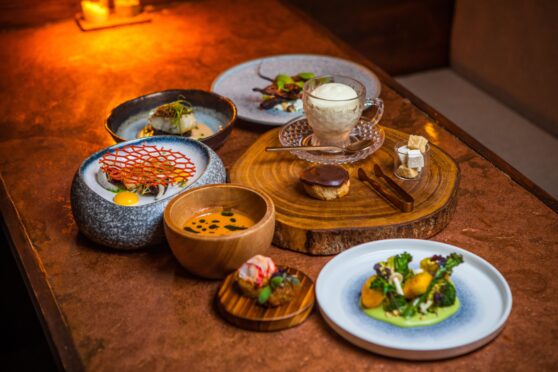Willie Little, chef patron of Little’s in Blairgowrie, whips up a strawberry roulade, perfect for a summer feast
Roulade originates from the French word rouler – to roll. The term can be used to refer in a generic way to any filled, rolled dish, pastry or sponge, sweet or savoury. I’m often asked about the difference between a Swiss roll and a roulade – a roulade uses whisked egg whites to fluff up the sponge whereas a Swiss roll does not.
A roulade is certainly more fragile but is worth the effort to make as it’s very light and melts in the mouth. It is certainly not as difficult to make as you might think. In summertime there can be nothing more delicious to serve with fresh Perthshire berries than this!
To make one, start by pouring 250ml of milk into a pan. Split a vanilla pod lengthways and scrape out the seeds, adding both to the pan. Slowly bring to the boil. Reduce heat and simmer for two minutes. Meanwhile, put three large egg yolks, 50g sugar and one rounded tablespoon of plain flour into a bowl. Using an electric beater, whisk until pale and fluffy. Whisk in a third of the hot milk, then add remainder.
Add mixture to the pan and bring to the boil, stirring, until the custard is thickened. Reduce heat and simmer for two minutes, stirring constantly. Fish out the vanilla pod, beat in a knob of butter and pour into a bowl. Cover surface with cling film, leave to cool, then chill. This can be made one day ahead.
To cook, heat the oven to 160C/140C fan/gas 3. Line the base and sides of a 23 x 33cm Swiss roll tin with baking parchment. Blend one teaspoon each of cornflour, white vinegar and vanilla extract to a smooth paste. Tip four large egg whites into a clean bowl. Mix together 100g of caster sugar and 100g icing sugar in a separate bowl. Whisk egg whites until stiff, then gradually whisk in the sugar, alternating with a little paste until the mixture is thick and glossy. Spoon into the prepared tin and smooth the top.
Bake for 20 minutes until crisp on top. Meanwhile, whisk the cream and fold into the custard. Remove the meringue from the oven and turn out onto a sheet of baking parchment, peel off the lining paper and leave to cool for a few minutes. Spread the custard evenly over the meringue to within 5cm of the short ends and to the edge of the long ends.
Scatter with sliced strawberries (about 450g) and top with some whipped double cream (150g tub). Using the parchment to help you, roll up the meringue from one short end. Transfer to a flat plate and dust with icing sugar. Summer on a plate especially when you are as lucky as us to have world class berries at your disposal! Serve with pouring cream or on its own.
Chef’s tip: To beat perfect egg whites, start off slowly and gradually work up to a high speed. While beating egg whites by hand is a great upper-body workout, a hand mixer does the job in less time. Eggs beat best if they are fresh and cold. This produces small, tight bubbles that hold up well and won’t deflate as easily when you’re doing things like piping out meringues.
When whites are older or at room temperature they will whip up more quickly and to a greater volume, but this produces big bubbles with a less stable structure. While not ideal for meringues, this would be great for something like a souffle.
